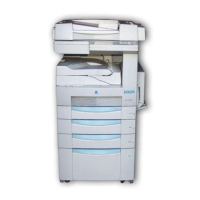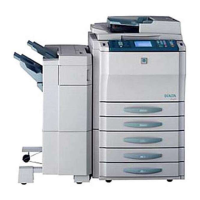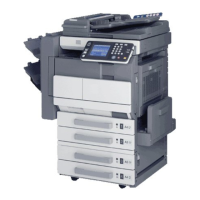Di152/Di183
User Manual
Di152/Di183
User Manual
2001. 8 4021-7707-01
Copyright
2001 MINOLTA CO., LTD.
Printed in Japan
The information contained in this manual
is subject to change without notice to
incorporate improvements made on the
product or products the manual covers.
MINOLTA CO., LTD.
3-13, 2-chome, Azuchi-Machi, Chuo-ku, Osaka. 541-8556, Japan
● For the protection of the global environment and
human welfare, this manual was printed using
soy ink.
● For the preservation of forests, this manual
was made using bagasse (sugar cane fibers
used in the production of wood-free paper).






